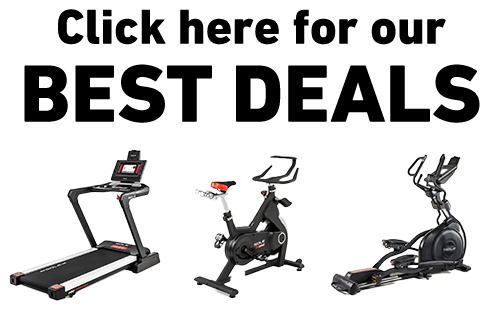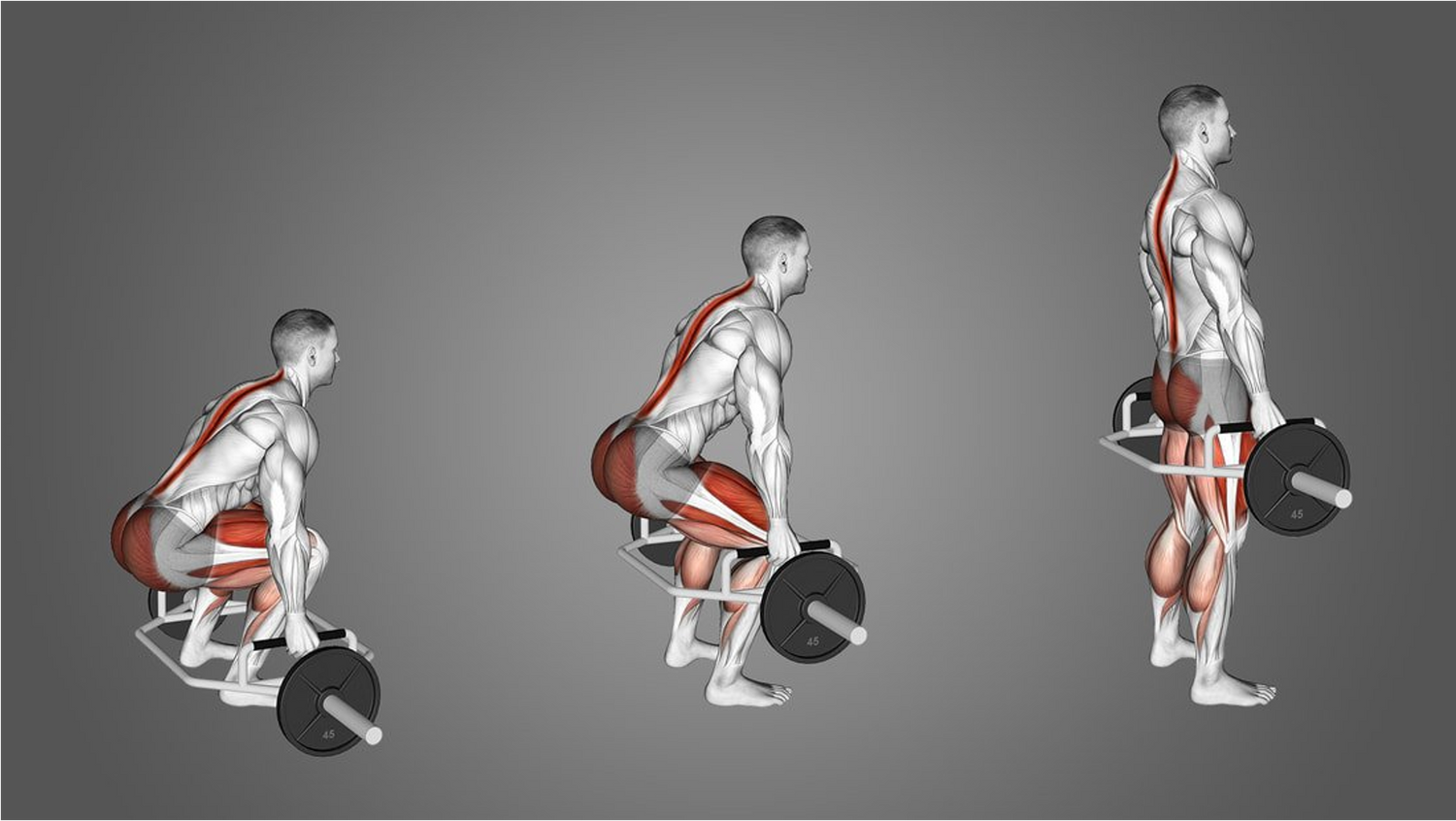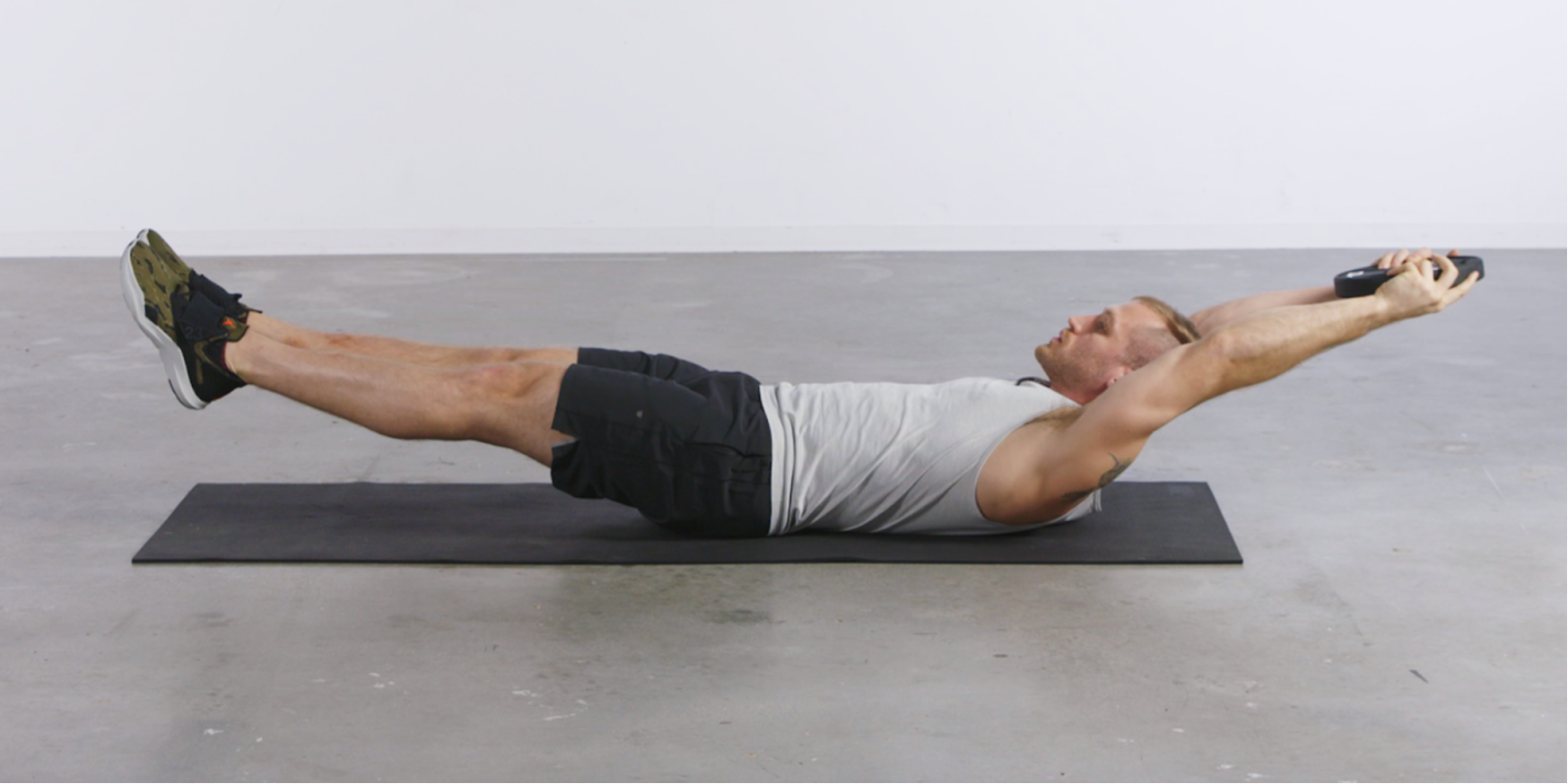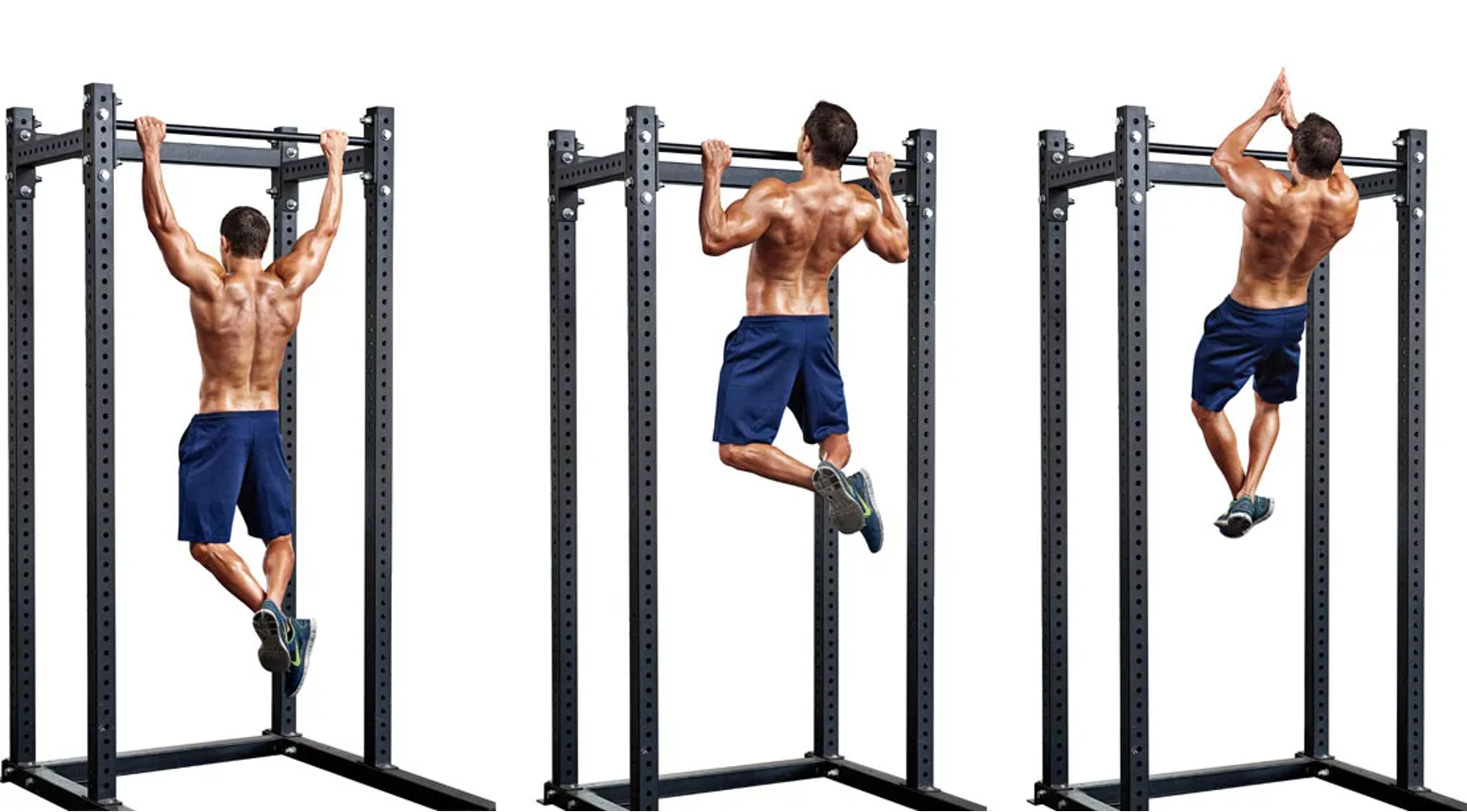Key Takeaways
- Kettlebell swings improve power, endurance, and cardiovascular health.
- Deadlifts build limit strength and enhance functional fitness.
- Deadlifts focus on developing the posterior chain, including glutes and hamstrings.
- Both exercises are essential for a balanced strength and power training routine.
- SOLE's versatile strength equipment lets you master both movements for complete posterior chain development.
Kettlebell Swings vs Deadlifts
Overview of Kettlebell Swings and Deadlifts
Kettlebell swings are basically you swinging a cannonball with a handle between your legs and up to shoulder height. It's explosive and weirdly satisfying. Your hips, glutes, and core do the heavy lifting here, and your heart gets a great workout.
Deadlifts are pure, primal strength; you're literally picking heavy stuff up off the ground until you're standing tall. This move hammers your lower back, glutes, and hamstrings.
Key Differences
The main difference? Speed and purpose.
Kettlebell swings are fast and explosive, like a sprinter exploding off the blocks. They build power and endurance that translates to real-life situations.
Deadlifts are slow and mighty, like the strongman flipping a car. They build the kind of strength that helps you move furniture without throwing out your back or helps you carry all the groceries in one trip.
When to Use Each Exercise
If you're looking to improve your power, endurance, and cardiovascular health, kettlebell swings are the way to go. They offer a full-body workout that engages multiple muscle groups and gets your heart rate up.
If you're aiming to build strength and enhance your functional fitness, deadlifts should be your go-to exercise. They help develop the muscles in your lower body and back, improving your overall strength and posture.
|
At SOLE, we're proud to offer the best exercise equipment for your home or gym. Our machines are built to meet the highest quality and performance standards, making them perfect for fitness enthusiasts at any level. SOLE Products
|
Benefits of Kettlebell Swings
Improving Power and Endurance
Kettlebell swings build the kind of power that helps you sprint for the bus and still have breath to curse when it drives away anyway. The explosive hip hinge movement teaches your muscles to fire quickly, something regular gym machines simply don't do.
The rhythm of swings in kettlebell swings builds stamina that carries over to everything from hiking to performing longer and more intense workouts. (Image courtesy of CrossFit)
Core Engagement
Kettlebell swings force your core to stabilize your body while you're in motion. This is functional core strength, not just for-the-mirror abs. Your lower back, abs, and obliques all work overtime during swings.
The best part? Your core gets stronger without you ever having to do a single crunch.
Cardio Benefits
Traditional cardio isn’t the most exciting thing to do. However, with kettlebell swings, the cardio doesn't feel like cardio. A few minutes of swings will have your heart pounding and lungs burning, but in an addictive way.
You get the cardiovascular benefits of running without the joint impact or soul-crushing boredom. Ten minutes of high-intensity swings can start to torch calories and improve your conditioning.
Benefits of Deadlifts
Building Limit Strength
Deadlifts build what fitness nerds call “limit strength,” the maximum force you can generate in one effort. When you consistently deadlift heavy weights, everyday physical challenges suddenly feel like child's play. That's because you're training the exact movement pattern your body uses to lift heavy objects safely.
Posture Improvement
Another noteworthy benefit of deadlifts is their ability to improve posture. Many people struggle with poor posture due to sedentary lifestyles or weak muscles. Deadlifts target the muscles responsible for maintaining an upright posture, such as the lower back, glutes, and core.
Strengthening these muscles helps correct imbalances and promotes better posture. Better posture doesn't just look better, it alleviates back pain and helps you breathe properly.
The hip hinge motion is a foundation to both kettlebell swings and deadlifts. (Image courtesy of Men’s Health)
Functional Fitness
Deadlifts are a prime example of functional fitness. They mimic real-life movements, such as lifting heavy objects from the ground, which translates to improved performance in daily activities. By incorporating deadlifts into your routine, you enhance your ability to perform tasks that require strength, stability, and coordination.
Muscles Worked in Kettlebell Swings
Primary Muscle Groups
The primary muscles worked during kettlebell swings include the hips, glutes, and core. These muscles are responsible for generating the explosive power needed to swing the kettlebell effectively.
The glutes help extend the hips and provide the force necessary to propel the kettlebell upwards. The core muscles stabilize the body and maintain balance throughout the exercise.
Supporting Muscles
These include the hamstrings, quadriceps, and shoulders. The hamstrings and quadriceps work together to stabilize the legs, while the shoulders assist in controlling the kettlebell's movement.
Muscles Worked in Deadlifts
Main Muscle Groups
The primary muscles worked during deadlifts include the glutes, hamstrings, and lower back. These muscles form the posterior chain, which is responsible for generating the force needed to lift the barbell from the ground.
Stabilizing Muscles
These include the core, traps, and forearms. The core muscles help stabilize the torso, while the traps and forearms assist in maintaining grip and control of the barbell..
Recommended Ratios for Balanced Training
Balancing Strength and Power
Your ideal mix depends on what you're after:
- Athletes and weekend warriors: 60% kettlebell swings, 40% deadlifts
- Strength enthusiasts: 30% kettlebell swings, 70% deadlifts
- General fitness folks: 50/50 split between both
The key is listening to your body. If your lower back feels perpetually tight, maybe ease up on deadlifts. If your cardio sucks, maybe do more swings.
Guidelines for Optimal Results
- Do deadlifts first in your workout when your lower back is fresh.
- Use kettlebell swings as a finisher or on separate days.
- Focus on perfect form before adding weight.
- For deadlifts, gradually work up to lifting your bodyweight before obsessing about heavier loads.
- Always take enough rest.
Dominate Both Movements with SOLE's Superior Strength Tools
The SOLE SW111 Olympic Barbell's balanced construction and premium knurling creates the perfect platform for deadlifts, while the compact SOLE SRVO provides kettlebell-like resistance patterns without the learning curve.
Let's be honest—most home gyms force you to choose between decent kettlebells or a quality barbell setup. SOLE changes the game completely. The SW111 Olympic Barbell delivers that perfect deadlift experience with just enough flex to feel the weight settle into your hands without the cheap bar wobble that screams "spinal injury waiting to happen."
What about kettlebell swings? Skip the awkward learning curve and storage headaches with the SOLE SRVO All-in-One Trainer. This space-saving beast mimics the explosive resistance pattern of kettlebell swings through its dual-motor technology. The game-changer? You can dial in the perfect resistance for your fitness level without collecting a garage full of different kettlebells.
If you’re just starting out, the SW180 Adjustable Dumbbells let you perfect your hip hinge mechanics before tackling the barbell. Try Romanian deadlifts with the adjustable dumbbells to groove that pattern, then graduate to the barbell when you're ready to go heavier. No more tripping over multiple weights, just twist the dial and instantly change resistance.
The SOLE+ App includes specific programs for developing both explosive power and limit strength, showing you exactly how to program kettlebell-style movements and deadlifts for your specific goals. Want athletic pop? More emphasis on swing patterns. Looking to build head-turning strength? Increase deadlift frequency.
Frequently Asked Questions (FAQs)
Are kettlebell swings harder than deadlifts?
The difficulty of kettlebell swings versus deadlifts largely depends on individual fitness levels and experience. Kettlebell swings require more cardiovascular endurance and coordination, while deadlifts demand raw strength and stability. Each has its own challenges, so the difficulty can vary from person to person.
Can I do both exercises in the same workout?
Absolutely! Just be smart about it. Warm up properly, don’t just go through the motions. Do deadlifts first when your lower back is fresh. Use kettlebell swings as a finisher. Start lighter than your ego wants.
What is the ideal kettlebell weight?
For beginners, most women should start with 15–25 pounds, while most men should start with 25–35 pounds. For the experienced, women often work up to 35–45 pounds, and men often work up to 45–70 pounds. The right weight should challenge you for 15–20 swings but not destroy your form.
How can I perfect my deadlift form?
Keep the weight close to your body (like, scraping-your-shins close). Brace your core like you're about to get punched. Don't round your lower back. Drive through your heels. Start lighter than you think and master form first. Record yourself from the side and check your form.
Are there alternatives to these exercises?
Yes, there are several alternatives to kettlebell swings and deadlifts that can provide similar benefits. For kettlebell swings, consider exercises like squat jumps or medicine ball slams. For deadlifts, try Romanian deadlifts or sumo squats. These alternatives can help target similar muscle groups and add variety to your workout routine.
Can I really get effective kettlebell training with SOLE equipment if I don't own actual kettlebells?
Absolutely! The SOLE SRVO actually improves on traditional kettlebell training in several ways. Its dual-motor technology creates resistance patterns that mimic kettlebell swings perfectly, but with advantages you can't get from a physical kettlebell. You can adjust resistance in 1-lb increments (try finding kettlebells that precise), program eccentric emphasis that's impossible with regular kettlebells, and perform higher-rep sets without grip fatigue.







Leave a comment
This site is protected by hCaptcha and the hCaptcha Privacy Policy and Terms of Service apply.